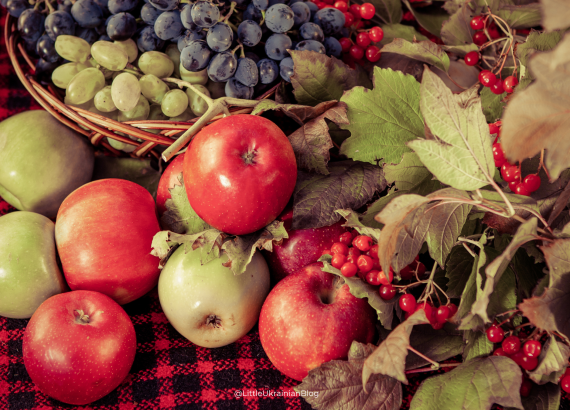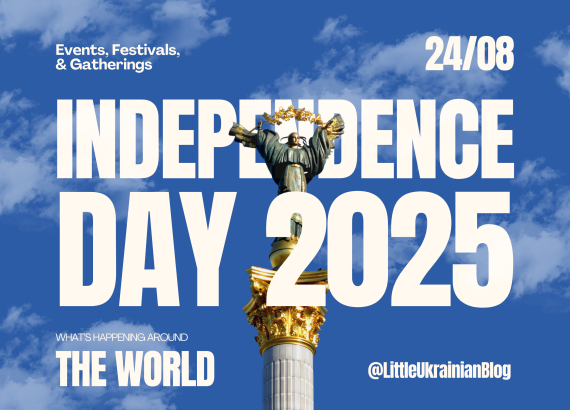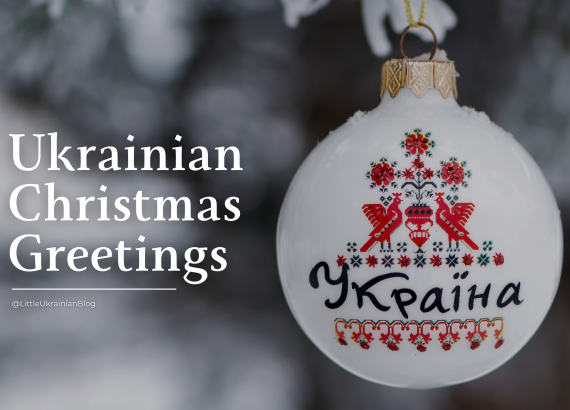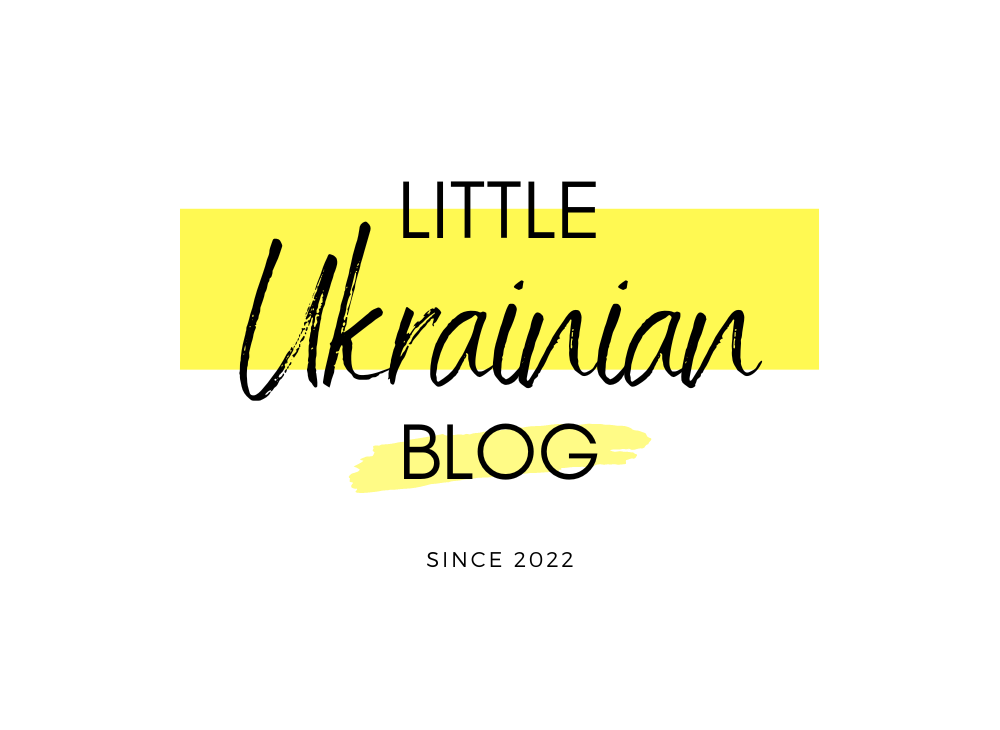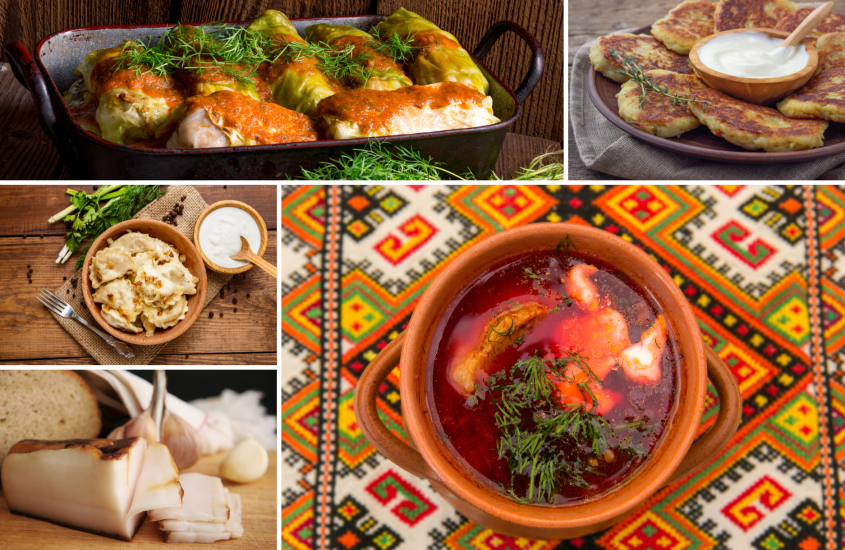The Vyshyvanka is a living testament to the rich heritage and artistic traditions of Ukraine. It embodies the soul of a nation, carrying within its threads the stories of generations past. Each intricate pattern and vivid colour is of high importance, carefully selected through strong craftsmanship and attention to detail that is truly breathtaking.
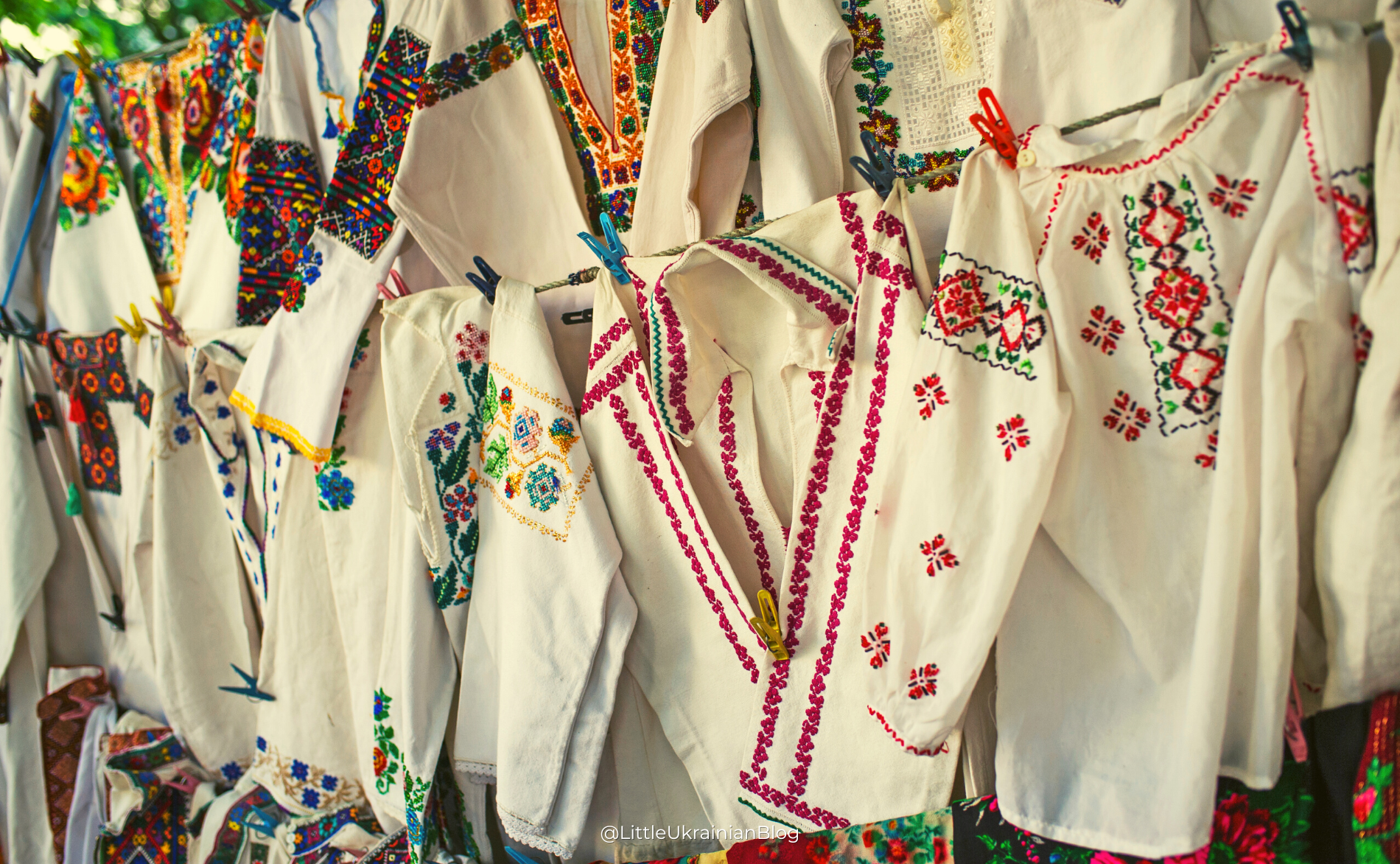
Contents

The Vyshyvanka
Вишиванка
The Vyshyvanka is a part of Ukrainian national dress (Українське національне вбрання). It acts as an important talisman, protecting the individual wearing it. The embroidered shirt is highly symbolic, with each pattern, motif, and colour carefully selected for an appropriate meaning. Such designs vary between oblasts across Ukraine, as can be seen in the map below.
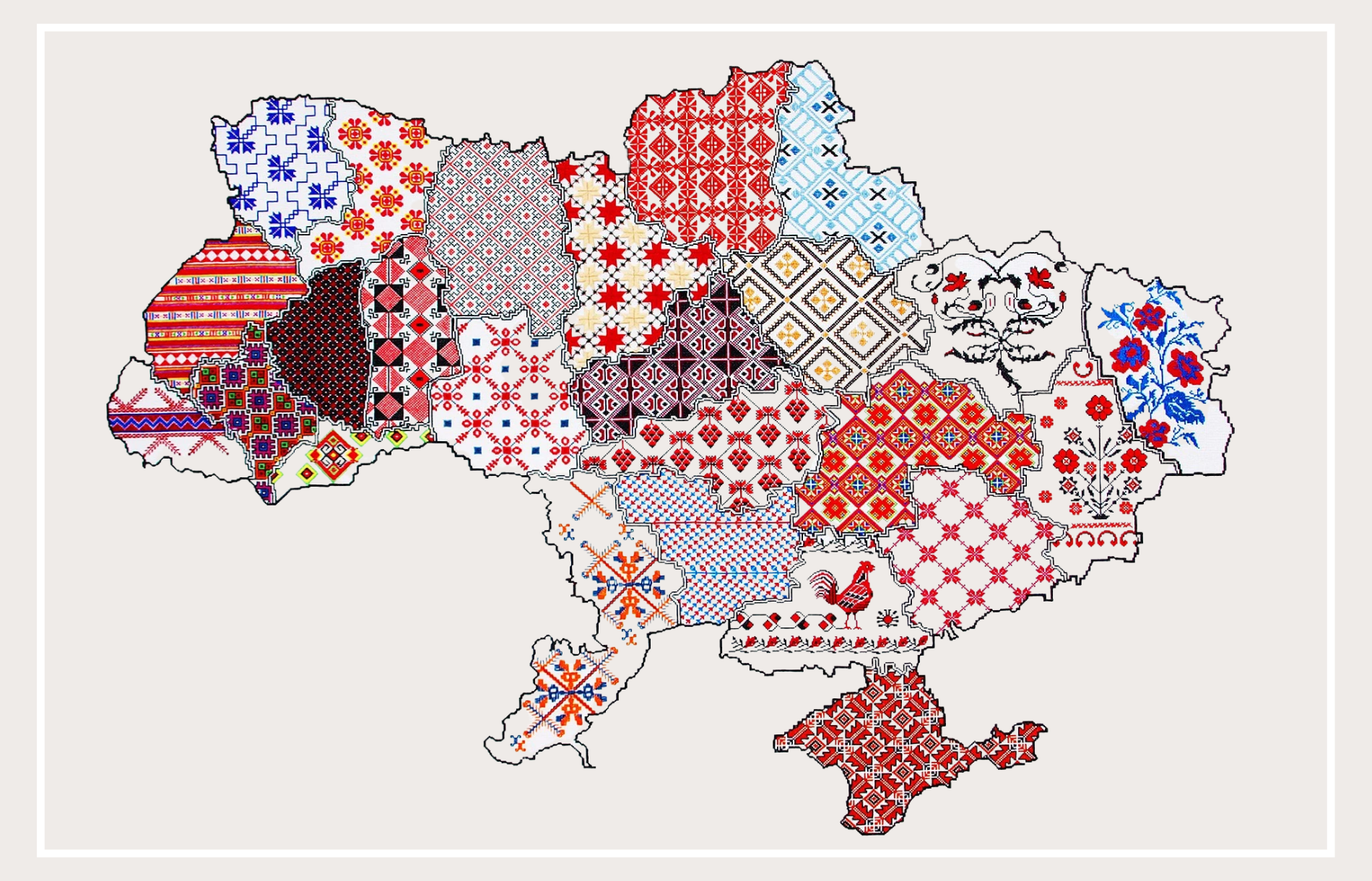
The Vyshyvanka has undergone a remarkable revival in recent years, particularly following an upsurge of news surrounding Ukraine. Many famous faces have also been spotted wearing the traditional blouse, such as Queen Letizia of Spain.

Symbols
Символи
Traditionally, embroidered symbols and motifs can be divided into three categories: geometric, plant, and zoomorphic.
1. Geometric | Геометричний орнамент
Geometric patterns are the most traditional motif found on the Vyshyvanka. The roots of these symbols date back to Pagan times, with such objects reflecting elements of nature and beliefs.
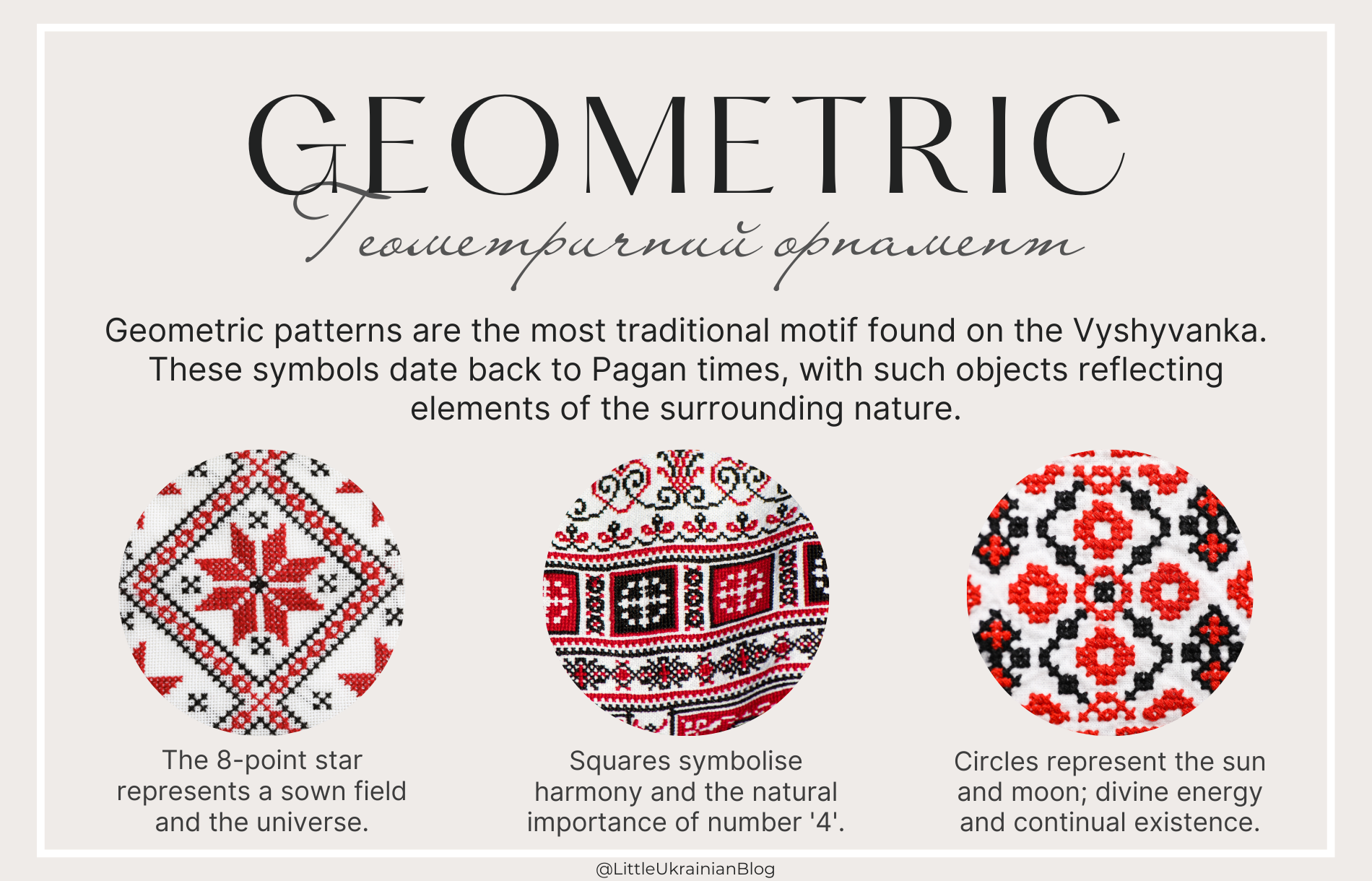
Such designs are perhaps the most recognisable on a Vyshyvanka – particularly amongst western-diaspora. These patterns allow for an array of vibrant colours to be woven together.





2. Plant and Floral | Рослинні орнаменти
Large floral and plant elements are most commonly found in the Chernihiv Oblast, but are becoming increasingly common across Ukraine. These motifs symbolise fertility, family prosperity, renewal and rebirth. One such example is the tree of life, which represents all of the above.
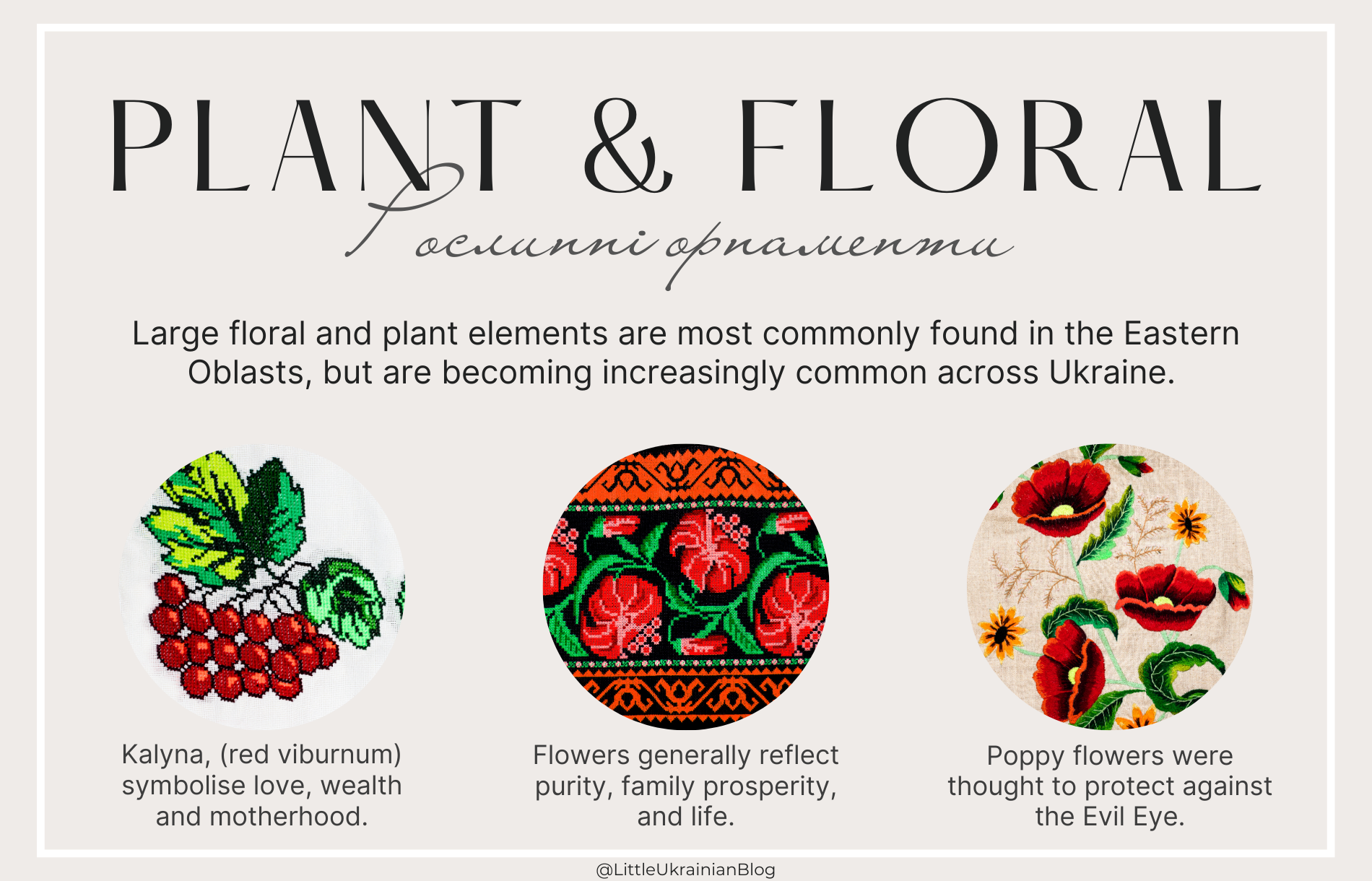
Typically, you may see large depictions of flowers and natural imagery across the bodice and sleeves of the Vyshyvanka, such as in the example images below.
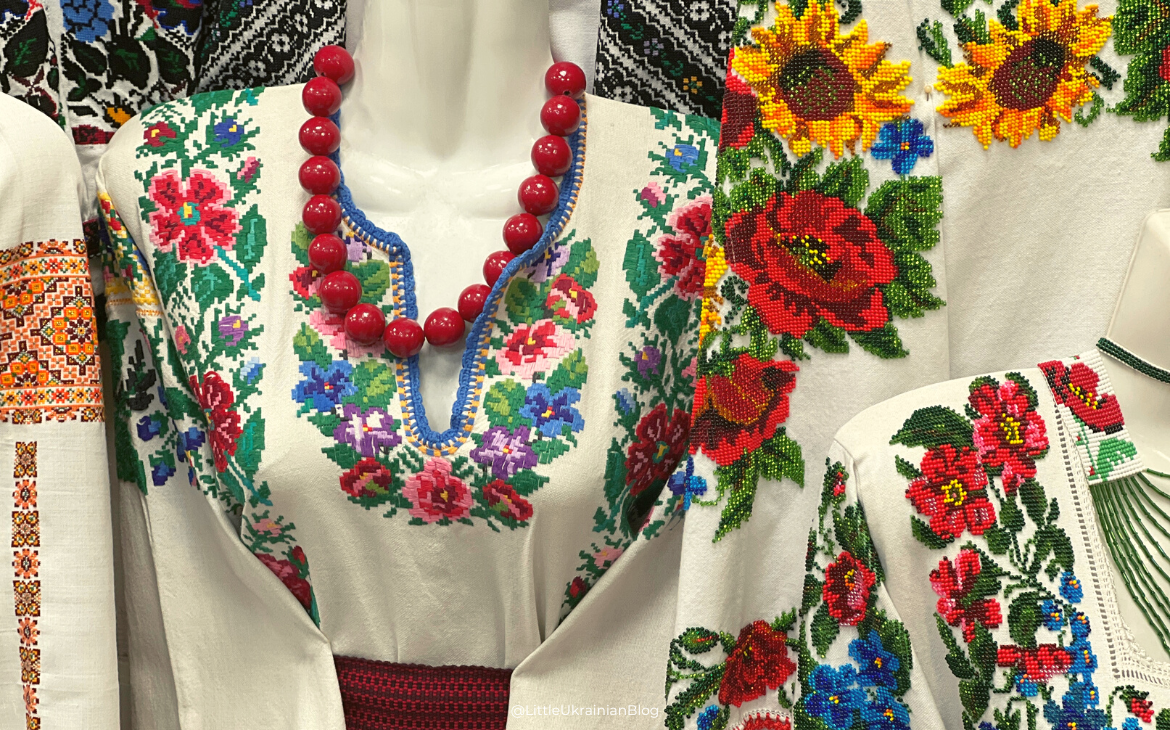



3. Zoomorphic | Зооморфні мотиви
Zoomorphic motifs are a rarity in traditional embroidered clothing, but they commonly adorn ritualistic items such as the rushnyk. If animals such as birds are incorporated, they are usually places facing inwards to one another such as in the middle image below.
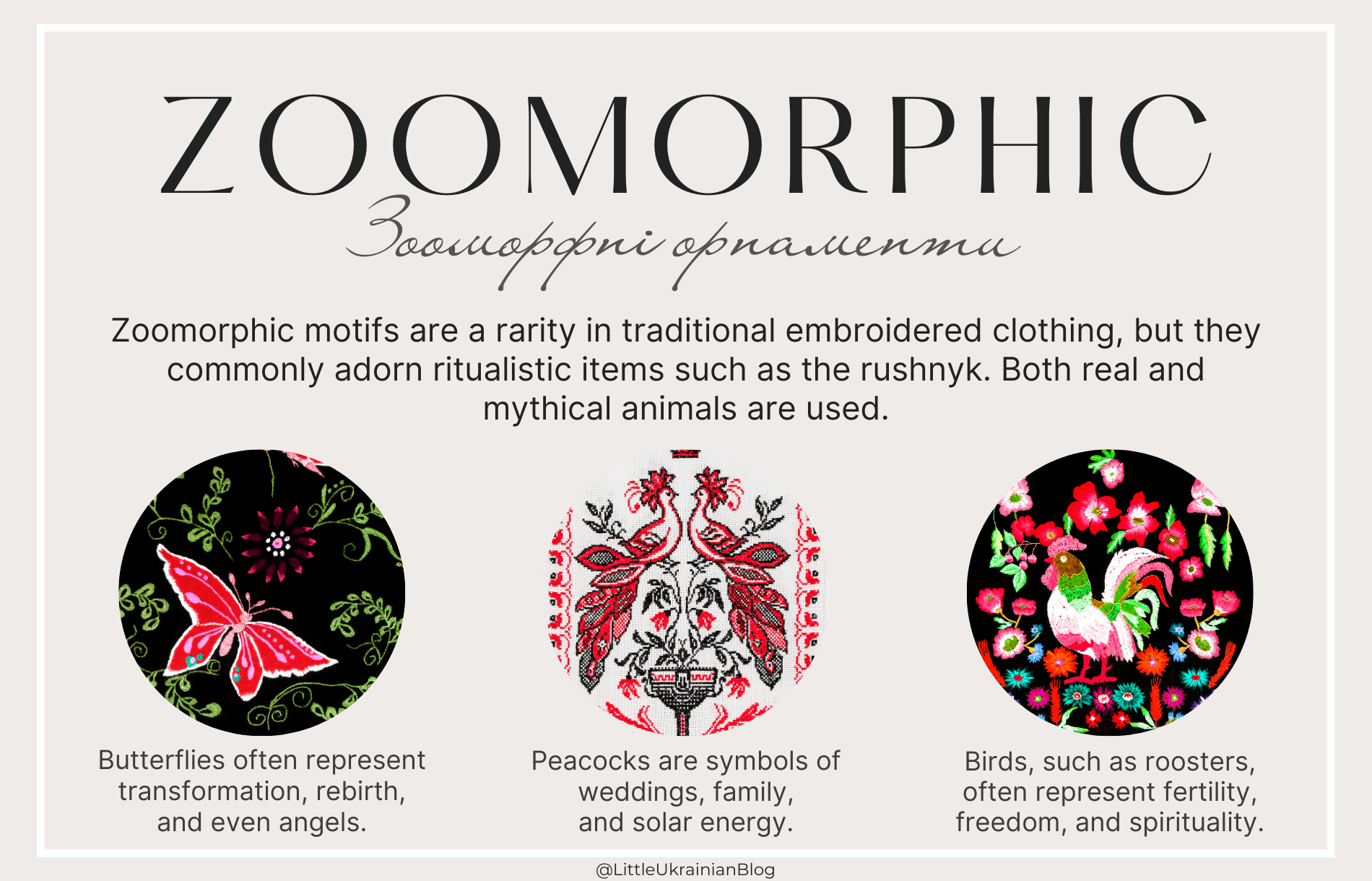
The symbolism of animals is not set in stone, but can generally be defined as above. Other zoomorphic elements, such as the horns or hooves of an animal, can also be used. Some individuals have even discovered embroidered storks, a common talisman for children and babies.




Colours
Кольори
The colours of both the embroidered thread and fabric used are of high importance. Today, many people pick their Vyshyvanka based on the aesthetic, rather than the meaning behind the colours used.

The most traditional ‘base’ colours include black, white, and red.

Vyshyvanka Day
День вишиванки
World Vyshyvanka Day is an international holiday that recognises and celebrates the traditional fold custom of wearing the Vyshyvanka, and unites Ukrainians across the world. The day takes place every year on the third Thursday of May.
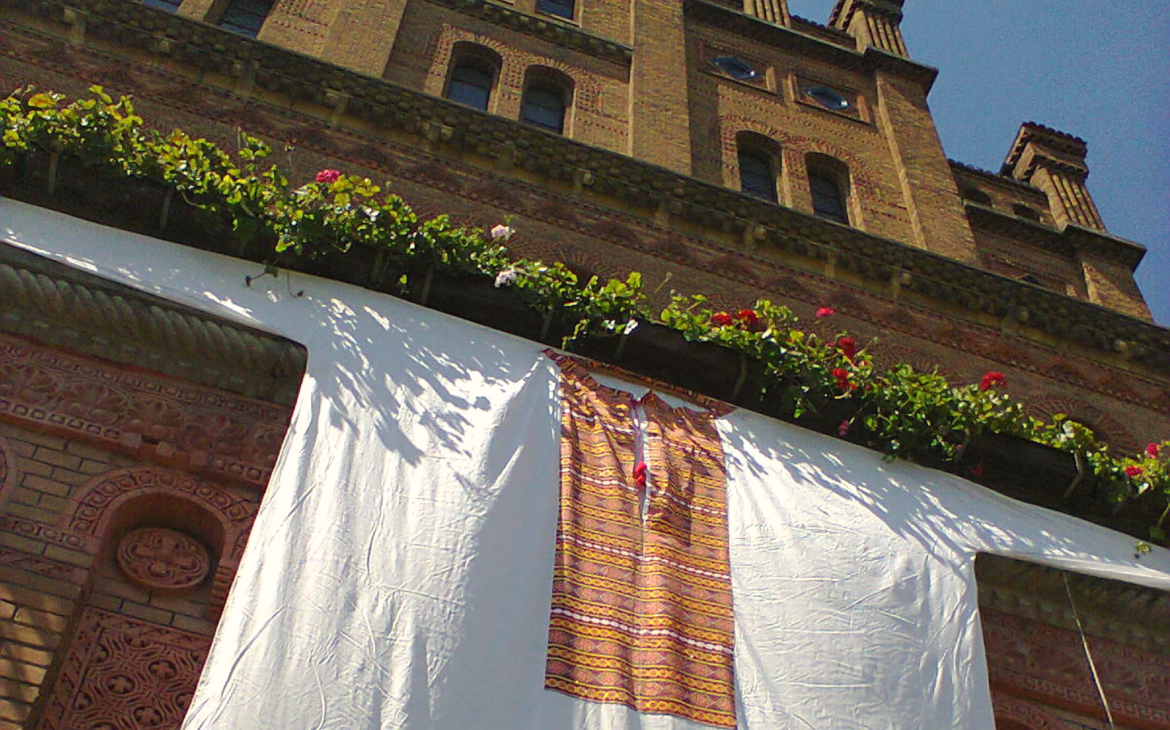
Vyshyvanka Day was started in 2006 by Ukrainian student Lesya Voronyuk at Chernivtsi University. Since then, it has taken the world by storm and become a much-loved day for Ukrainians both in Ukraine and abroad!


Now you know the meaning and symbolism behind the different types of embroidery, will you be looking at your Vyshyvanka in a different light? If you are taking part in Vyshyvanka Day, remember to tag our social media in your photos!
